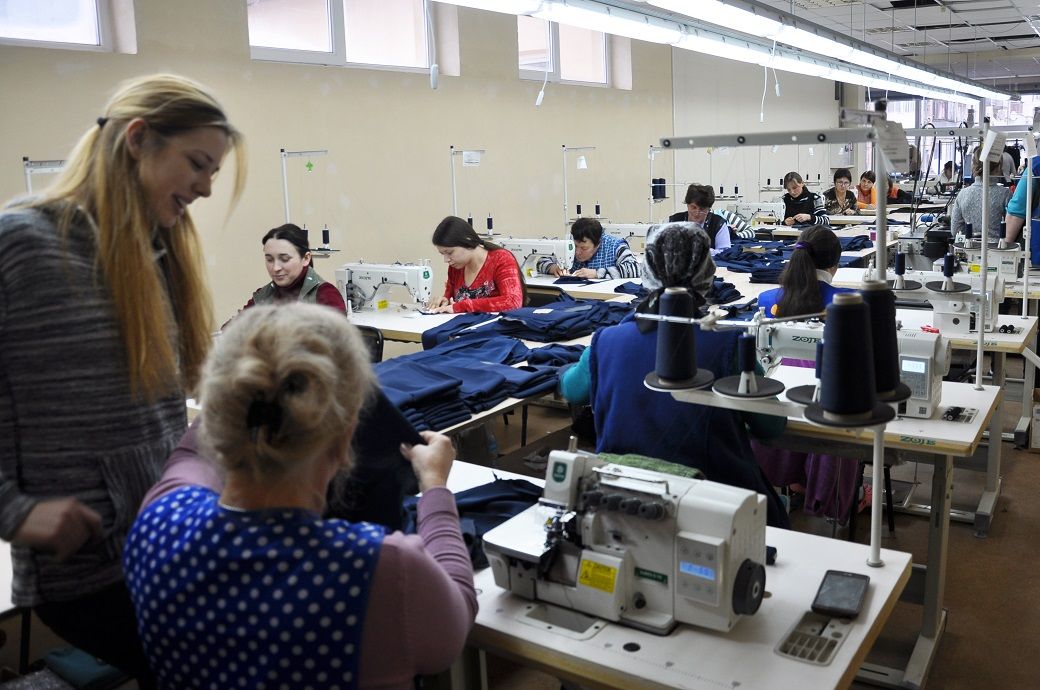The HCOB Eurozone Manufacturing PMI, managed by S&P Global, remained below the crucial 50.0 no-change mark for the fourteenth consecutive month. Although the headline index rose from 42.7 in July to 43.5 in August, the manufacturing economy of the eurozone is still under serious strain.
New data from the HCOB Eurozone Manufacturing PMI survey reveals the ongoing struggles of the manufacturing sector.
Despite hitting a 3-month high at 43.5, the index remains below the 50.0 no-change level for the 14th consecutive month, signifying deteriorating conditions.
New orders plummeted, and factory employment levels continued to fall.
For the sixth consecutive month, a reduction in manufacturers’ input costs was reported. The rate of decline remained substantial, causing factories to discount the prices of goods leaving the factory gates. This strategic move aims to increase the competitiveness of their products amid declining demand.
Performance varied among eurozone countries. Ireland and Greece were the only nations to see improvements since July. In contrast, Germany, France, Italy, and Spain—four of the zone’s largest economies—continued to contract. Germany and Austria were the poorest performers, although their rates of decline have slightly eased.
The volume of new orders received by eurozone manufacturers plummeted at a rate rarely seen in the survey’s 26-year history. This downward trajectory is affecting both domestic and foreign order volumes, which have been weakening consistently for over a year.
The volume of backlogs also significantly declined in August, marking the 15th consecutive month of such decreases. This has led to a rise in spare capacity and contributed to the downfall in manufacturing production, except for minor rises in February and March of this year.
In terms of employment, job cuts were marginal but notable for their consistency. This marks a significant shift from the trend of employment gains observed from early-2021 to mid-2021.
Despite these dire circumstances, an uptick in optimism was observed. Growth expectations rose to a three-month high but remain far below historical averages. Positive sentiment was strongest in Ireland and Italy, counterbalancing pessimistic outlooks in Germany, France, and Austria.
Fibre2Fashion News Desk (KD)

:max_bytes(150000):strip_icc()/Health-GettyImages-2187328842-0ff87870ab884e108a5b113dc29a37ef.jpg)




